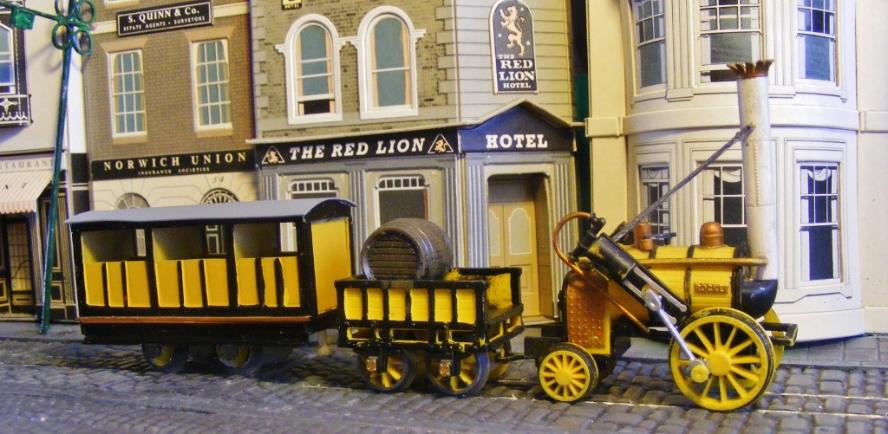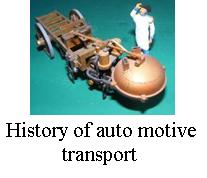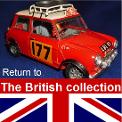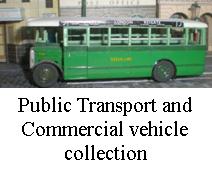
The Rocket was not the first steam locomotive but it was the first to bring together the most advanced innovative ideas of the day which in turn made it the template for most steam locomotive designs, a design standard that lasted for a hundred and fifty years of steam locomotion.
Steam locomotion was in it's infancy when the idea came up of a trials of to find a competent, reliable steam locomotive that could pull passenger trains on a regular service. Held in 1829 by the Liverpool & Manchester Railway company the Rainhill trials found the Rocket to be the most superior engine, the Rocket reached speeds of 24 mph during the 20 laps of the course, in front of a crowd of some 15,000 people.
Built in Newcastle upon Tyne, at the works of Robert Stephenson & Co., the basic design ideology came from the great George Stephenson. He was assisted by his son, Robert, (who was in daily charge of designing and constructing new locomotives while his father, George, was actually living Liverpool at the time of Rockets construction) and by an associate engineer Mr. Henry Booth. Booth suggested the heat from the fire should be led through several small tubes through the boiler, instead of one large tube surrounded by water. 25 copper tubes running the length of the boiler carried the hot exhaust gases from the firebox. This idea was much more efficient and improved heat transfer between the hot exhaust gases and the water. Rocket also had a blast pipe, a design idea used by Stephenson as early as 1814. By feeding the exhausted steam used by the cylinders into the base of the chimney it created a partial vacuum which drew air through the fire. Used together these ideas improved volume of heat and transfer of heat resulting in more steam and power. Other ideas saw the usually vertically positioned cylinders moved to a position of 35 degrees to the horizontal, this removed the swaying motion induced by the vertical motion of upright cylinders. The driving wheels were 4ft 8ins in diameter while the trailing wheels were only 2ft 6ins.
The landed gentry were only too willing to sell their land to the railway companies and extol the virtues of the steam engine, as long as it stayed off the roads, in consequence the roads were neglected and left to deteriorate.


1/72nd scale kit.
Built by Rod.

The kit was first released in 1961 as Rosebud Kitmaster kit no.1 (1961-64) but when Rosebud dolls sold the line to Airfix in 1964 the kit was re-release as Airfix kit, #R11 and the later bubble pack version #01661-2. Currently this kit is available under the Dapol label, as kit # C46,.unaltered from the original mouldings now over 55 years old.
It is a nice little kit for the era being no.1 in the Rosebud dolls short lived line of 00-H0 scale railway locomotive kits. The Rosebud line actually ran to over 30 engines and coaches, a kit of the popular sci-fi TV show's Fireball XL-5 and the wonderful Ariel Arrow motorcycle kit that Airfix sold hundreds of and is so sought after by collectors today.
Built in the 1960s this is another of the earliest models in the museum collection. The loco and tender are built from an Airfix kit with the accompanying carriage was scratch scratch built from plasticard and household items.They are all brush painted with Humbrol enamels as was the standard for the time.
RETURN TO -


